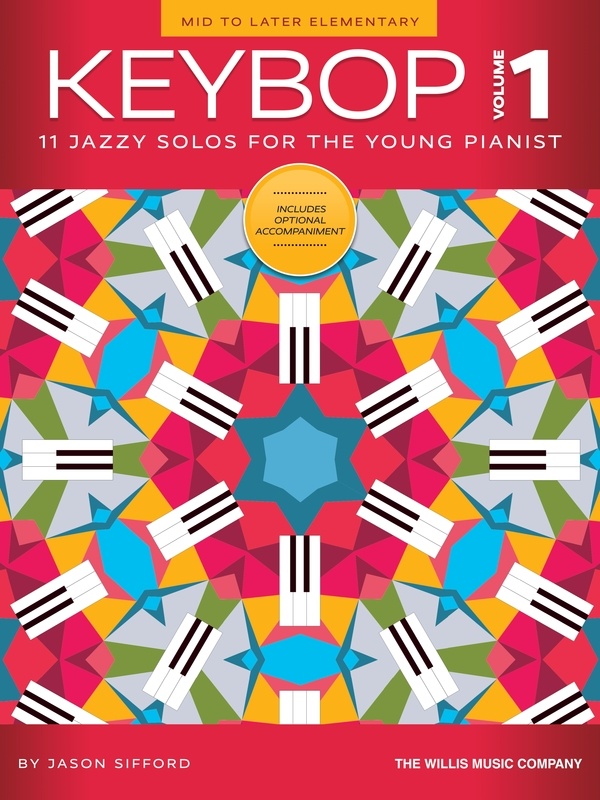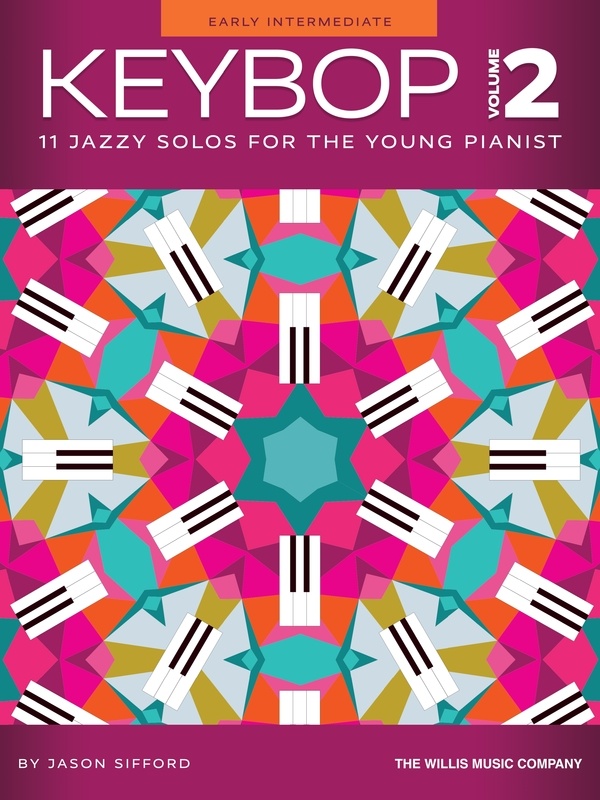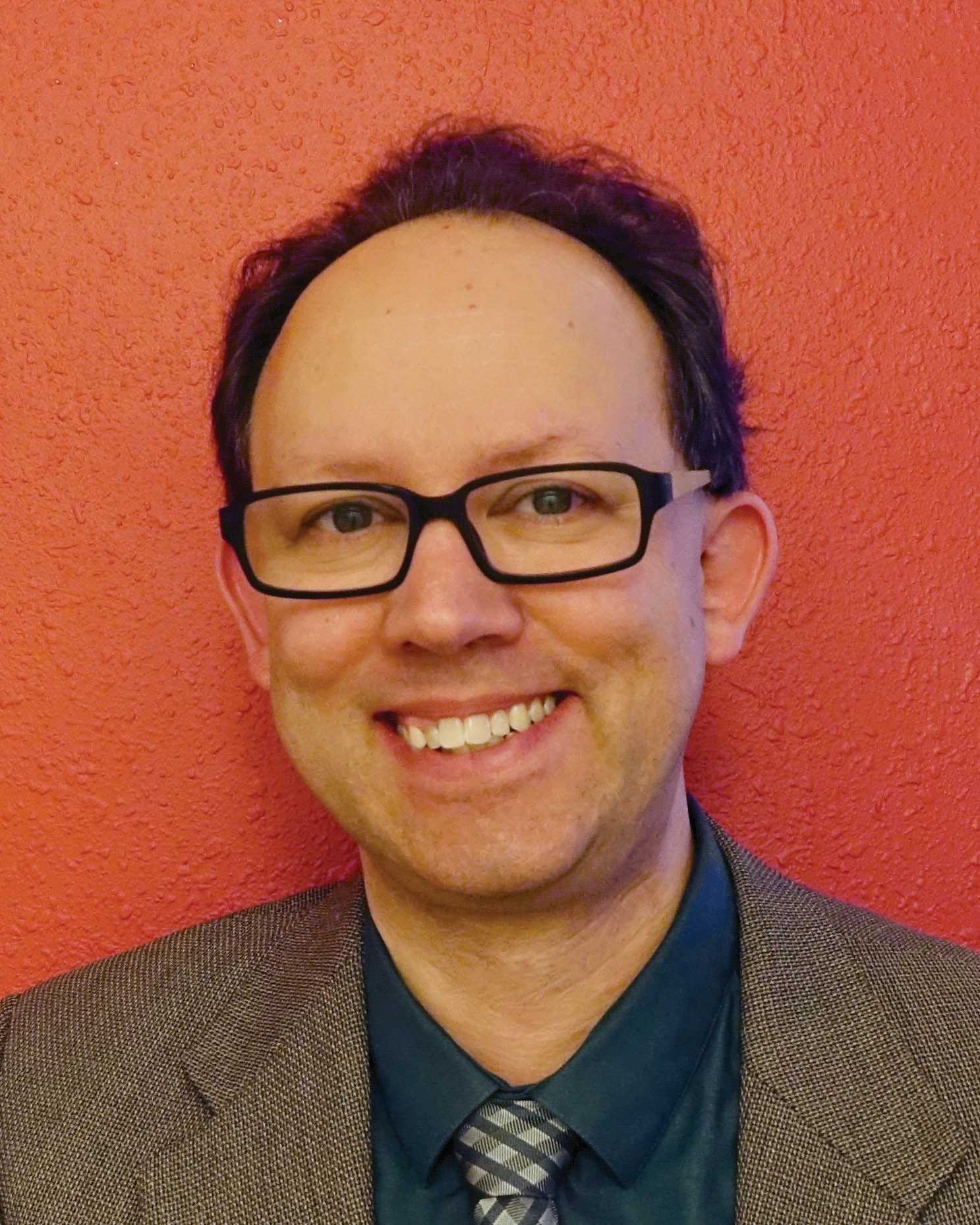

Ella Garrood interviewed Jason Sifford about his Beware the Jabberwock book in 2019 and it was one of our favourite and most popular interviews. So who better to catch up again with Jason with the release of two new books called Keybop.
In 2019, I had the opportunity to interview the innovative composer and teacher, Dr Jason Sifford, to discuss the release of his then-upcoming work, Beware the Jabberwock (which can be viewed HERE). As a 13yo, the interview opened my eyes to the world of composition. While I had always loved making up little tunes on the piano (and still do), at the time, the whole process was still mostly a mystery to me. I was significantly impacted by the planning, thought, and effort that goes into creating a work like Beware the Jabberwock. Having been a successful private piano teacher in Iowa for twenty-six years, Jason truly appreciates the importance of inspiring repertoire that caters to a wide array of students.
Recently, I was excited to learn of the newest additions to Jason’s solo collection, Keybop volumes 1 and 2. The first of the pair provides mid to later elementary students with 11 jazzy solos and includes optional accompaniments for all pieces. With fun titles like “Slurry Scurry” and “The Wriggle Rag,” Jason has captured the jazz style at a sound level for AMEB Preliminary students. The book includes substantial variety in tempo and genre – considering the constraints of elementary writing – which guarantees something to please every student. Volume 2 continues where volume 1 ends, with another 11 pieces, this time composed for early intermediate students. Whilst the book does not include accompaniments, the melodies are complex enough to sound enticing as stand-alone works. Each piece is complemented with a thoughtful author’s note highlighting the intended style (predominantly jazz with a little bit of rock and pop peppered in). This work is better suited to a student of grade 1 or 2 standard. However, both books are also great sight reading practise for more advanced students, with the irregular jazz rhythms and accidentals providing another layer of complexity. Filled with surprisingly simple yet catchy melodies, this new instalment of Jason’s creative mastery is a delight to both play and listen to.
And without further ado, I invite you into the world of Keybop with Dr Jason Sifford:
Since our interview in 2019, I’ve noticed the comprehensive exploration of genres within your composing. Each work has a different style and feel. What inspired you to establish a jazz focus within these books?
In college, I spent most of my time studying classical music. After I graduated, I felt like I needed a bit of a break from that world, and a friend of mine invited me to sit in with his band at a local club. I definitely wasn’t a jazz pianist, but I’d played in my high school jazz band, so I figured it might be a fun thing to try. My first couple of gigs were pretty rough, but I eventually got the hang of it, and much of what I learned, played, and listened to made it into my composing.
Jazz is often fashioned from complex rhythms and melodic lines better suited for advanced pianists. How did you tackle the genre from an elementary/intermediate standpoint?
I had to look at the whole history of jazz. Trying to capture the complexity of pianists like Wynton Kelly or McCoy Tyner would’ve been impossible, but if you look back to someone like James P. Johnson or forward to someone like Robert Glasper, you can find musicians doing really interesting things without a ton of notes or tricky rhythms. I remember a revelation I had once listening to Herbie Hancock. I was trying to transcribe something and realized that a lot of the time, he’s not playing anything. He’s just listening to the band and adding a few thoughts here and there. He’s the embodiment of Debussy’s famous quote, “Music is the space between the notes.” That was a really freeing thought for me.
I am very interested in how you go about composition. When coming up with new ideas, is the creative process usually a spur of the moment or a longwinded exploration?
With Keybop, I knew I wanted to do a couple of books and would need a lot of material, so I spent a couple months sketching a few short ideas every day. Eventually, I had about 50 little ideas, just two or four bars. Then I sat down with them and tried improvising on them. Some didn’t go anywhere, so they were discarded. The ones that got worked into the books are the ones that I enjoyed improvising on the most.
Do you opt for digital notation of your pieces or tend to write everything on paper? Have you found any particular positives or negatives with your chosen method?
I sketch on paper. It’s a lot faster. Once I know where a piece is going, I’ll notate it on the computer – from there, it’s easier to visualize how teachers and students are going to see it.
As you are a teacher as well, how does this tie into your composer role? How does your connection with students emerge through your writing?
Yes, I have about 30 students and am always thinking about their learning experience. I want students to have music that’s fun to learn and fun to play; and as a teacher, I want music that helps me accomplish some educational goals as well – reinforcing the concepts from their method books and giving me something new and interesting to round out recital and festival programs.
The name ‘Keybop’ is very fun, and I think it perfectly encapsulates the volumes’ impression. How did you come up with the name of the books?
I came up with the title years ago. I think it was one of those things where it just popped into my mind when I was out for a walk or something. I thought it was catchy and was a bit surprised to find that nobody else had come up with it. (I have an annoying habit of coming up with great titles that other composers have already used!) I also went through a phase where I thought it would be cool to only write books and pieces with one-word titles. It didn’t quite work out that way, but you’ll notice a lot of one-word titles in the books.
And if you could give one tip to students wishing to perform these pieces, what would it be?
I wrote it, but it’s your performance. Don’t be true to me, be true to you.
Thank you, Jason, for having a chat with me! Once again, it was an absolute pleasure, and I look forward to your future projects and the creative works to come! Jason’s new books are available to order from the Hal Leonard website, or your local music shop.


About the writer:
Ella Garrood plays piano and double bass and loves anything creative. She runs her own art and face-painting business in Adelaide, is 15 years old and the Illustrator of the I Want To Play That piano series by Thembi Harris and Carly McDonald.

DR. JASON SIFFORD is a freelance pianist, teacher, and composer. He teaches at Cornell College (Iowa), maintains a private teaching studio in Iowa City, and is in demand as an adjudicator and clinician, lecturing on such diverse topics as classical performance practice, jazz pedagogy, technical development in young pianists, composition, and music technology. He also appears regularly as a music director and theater musician. As a composer, Dr. Sifford is primarily interested in didactic literature for the piano, and his catalogue includes several solo collections, a baroque suite, and arrangements of popular and traditional songs. His music is featured in the state syllabi for Iowa and Minnesota, the bulletin for the National Federation of Music Clubs, and the Royal Conservatory of Music (Canada). Dr. Sifford holds degrees from Missouri State University, Louisiana State University, and the University of Michigan.